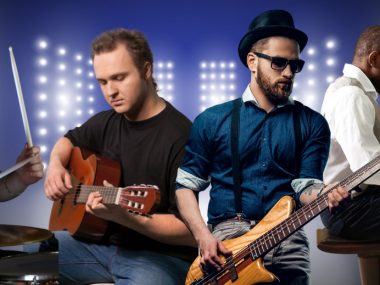It’s not a common thing to witness that someone takes time out of their busy day to learn more about music. To a lot of folks, music is mostly catchy tunes and resonating vocals, but since you’re here, I can say that music is so much more to you.
You actually took the time to ask and look for answers, so major kudos to you! Some may think I’m exaggerating, but I promise I’m not! You see, the world of music contains so many confusing terms and complicated features that seem to scare people away.
This is why I’ve made it my ultimate mission to try and change the way average people view music by making it more approachable and easier to navigate for anyone willing to give it a go. Today, I’m answering the question: what is trap music?
The term “trap music” is one of those things that lots of listeners think they know, however in reality, it can refer to different genres of music so it can be pretty tricky to identify and discuss.
Does trap music mean dance music? Or is it a modification of rap music? Perhaps it’s both?
Well, I can tell you right now — trap isn’t that simple.
In this article, I’ll be explaining what trap music is, what characterizes it, how it differs from other types of music, its most famous artists, and much more. Let’s jump in!
What is Trap Music?
Trap music can refer to a subgenre of hip hop that came to life during the beginning of the 1990s in the Southern United States. This subgenre gets its name from the local slang of Atlanta, where “trap” is what they call a house that’s used solely for selling drugs.
Trap music can also refer to a subgenre of EDM (electronic dance music) and, in this case, is also known as EDM trap. Originated during the early 2010s, this style of EDM combines elements of hip hop’s trap music with components of EDM such as drops, build-ups, and breakdowns.
Explaining Trap Music (Hip Hop)
As I mentioned above, trap music can refer to 2 different types of music. In this section, as you can read in its title, I’ll be focusing on trap music as a subgenre of hip hop.
Hip hop’s trap is a music style that blends a variety of elements not only from hip hop and EDM, but also from rap music, dubstep, and electro house.
We’ll talk about this in further detail below, but keep in mind that trap is characterized by something called the triplet beat, also known as the Migos flow or the triplet flow within the scene of trap music.
The triple beat is when you play 3 beats in the same space that would typically fit 2 beats, resulting in a hypnotic, rolling sound. Trap music is also characterized by incorporating synth beats, where 808 drum kits are paired with hi-hat and rolling bass.
History of Trap Music
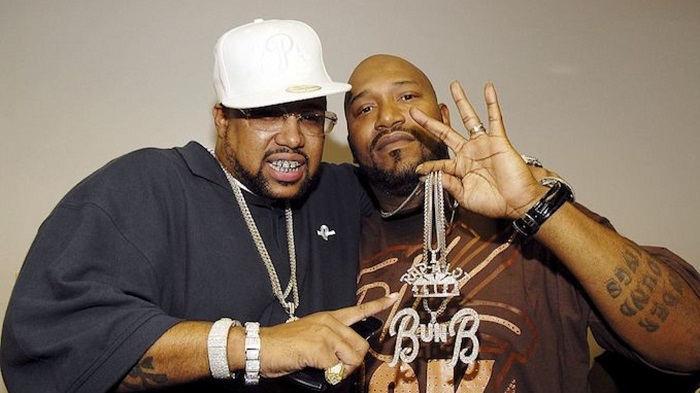
In the early 1990s, trap music producers such as Lil Jon from Atlanta, Georgia (where the name of the subgenre came from as a reference to houses that sold drugs exclusively), DJ Paul from Memphis, Tennessee, and Mannie Fresh from New Orleans worked with Atlanta local acts such as Outkast, Dungeon Family, Ghetto Mafia, and Goodie Mob.
In 1992, “Cocaine In The Back of the Ride” by UGK was one of the first trap tracks to come out as part of their debut extended play, “The Southern Way”. Later in the same year, the duo released “Pocket Full of Stones” as part of their debut album with a major label “Too Hard to Swallow” which became an instant hit and was featured in the movie Menace II Society.
Later in 1996, Master P released “Mr. Ice Cream Man”, a single that was part of “Ice Cream Man”; his 5fth studio album. After that, critics and fans began using the term “trap rappers” to refer to rappers whose lyrics mainly revolved around the topic of drug dealing.
For example, in 2001, the song “Dope Boyz” by T.I. from the “I’m Serious” debut album included the lyrics “the dope boyz” and “drug dealer where you at”. T.I. is one of the leading trap music artists in the world.
Throughout the 2000s, trap music continued to evolve and the influence of EDM (electronic dance music) on its sound became more prominent. The element of the electronic beat grew more common to use in trap music, resulting in new beats that shared some similarities with trance house music.
In 2012, Grime, Baauer, RL, TNGHT, and other EDM producers boosted the popularity of trap music as their sets used trap beats. In 2013, the producers I just mentioned made a compilation album titled “All Trap Music”, which soon became the most selling EDM-trap album of all time.
During the mid-2010s, the popularity of trap music continued to increase and the subgenre found its way to the mainstream scene thanks to hits such as Fetty Wap’s “Trap Queen” in 2015. Nowadays, trap artists are still pumping out new music, and its unique style has deeply influenced mainstream music production for hip hop artists such as Drake, the A$AP mob, Migos, and Cardi B.
Characteristics of Trap Music
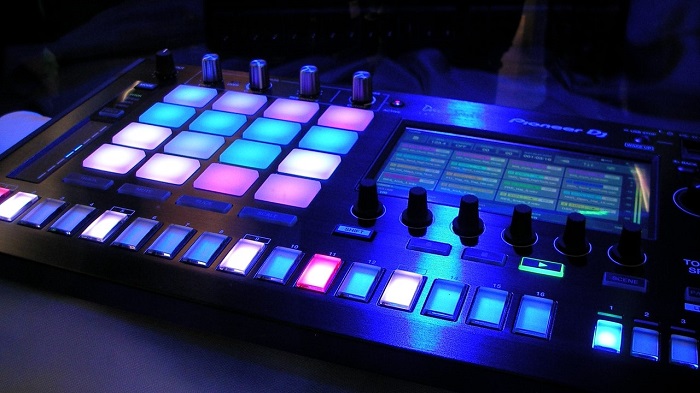
When it comes to hip hop’s trap music, 3 main characteristics give this subgenre its unique sound. Here’s a simple breakdown of each one:
Triplet beat
One of the main aspects that distinguish trap music from other styles of music is the use of the triplet beat. This is when artists play 3 beats in the same space that would typically fit 2 beats.
The resulting rhythm is irregular, rolling, and hypnotizing. The triplet beat of trap music is also known as the triplet flow and the Migos flow.
The latter refers to a song called “Versace” by the artist Migos, in which the chorus featured a repetition of the word “Versace” in a triplet flow.
Synth beat
Another distinct characteristic of hip hop’s trap music is the synth beat, which is influenced by dubstep and club music. The synth beat is an electronic, trilling drum triplet beat that artists can use to shift between slow and fast rap styles.
Trap synth beats combine synth drum sounds using 808 drum kits, particularly snare, kick, clap, as well as hi-hat electronic beats.
Additionally, trap synth beats also incorporate reverb and distortion effects to produce a sound with a gritty edge. Normally, the trap beat has a speed ranging between 130 to 170 beats per minute (BPM).
Risers and rolls
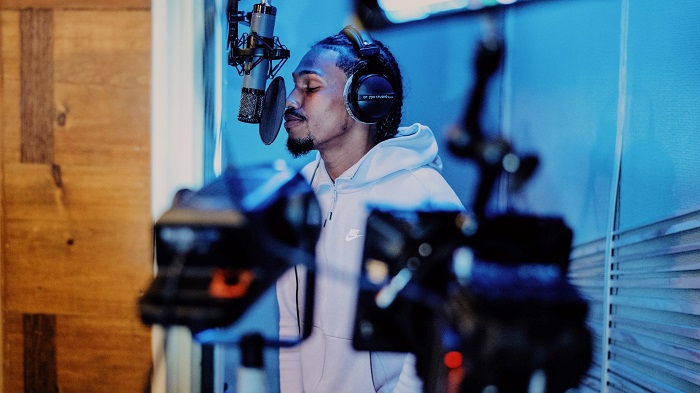
Finally, trap music beats are also characterized by using risers and rolls. These are pitch or volume modulations that let you transition between phrases of music with sudden shifts.
Writing a Trap Song
If you’re interested in writing your very own trap song or looking to borrow elements from it to incorporate them into a pop anthem as various artists do such as Beyonce, Post Malone, Katy Perry, The Weeknd, and Kanye, then pay attention to this next guide.
Below are the necessary ingredients you should add and the general steps you should follow to compose trap music:
- Lay down your tempo —when setting the tempo of a trap song, an ideal speed is between 140 and 150 BPM. Still, you can go as low as 80 BPM if your goal is to create a slower version.
- Set your beat — to kick things off, I’d recommend an 8th-note pulse. From there, you should mix in hi-hats to generate bounce.
- Create then repeat your melody —once you have the melody in check, repeat it on a loop. Most artists use minor chords as they make for a nice atmosphere. You can also use verses as long as you keep them minimal.
- Add drums —don’t forget to incorporate an 808 drum pattern and kick too.
- Adjust your snare —your snare can be on beat 3 or beat 1, but avoid beats 2 and 4 because they’re more associated with contemporary music. Keep your snare high and consider layering in some additional percussion.
- Use distortion —when editing, use distortion to produce that signature harsh street sound. Also, combine in some claps, reverb, and grimy synthesizers.
Best Trap Music Artists
- 2 Chainz — as part of Playaz Circle, 2 Chainz first started as half of a trap duo along with Dolla Boy. This duo was one of the first-ever in trap music. After the duo broke up, 2 Chainz released the first of multiple solo albums. 3 of his singles went on to reach the Billboard Hot 100.
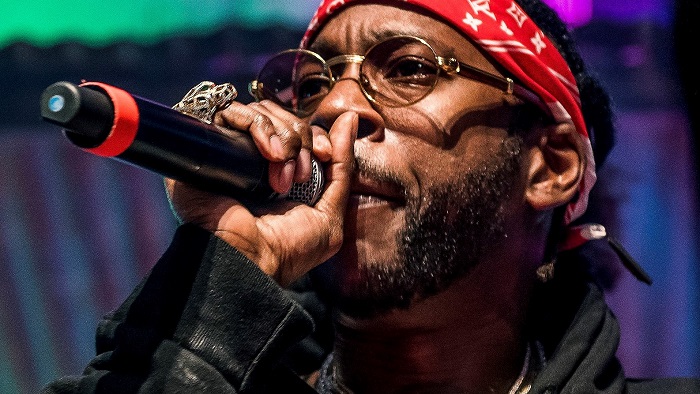
- Rick Ross —born in Clarksdale, Mississippi, Rick Ross grew up in Carol City, Florida. The artist did it all, from topping the Billboard charts to owning a record label – Maybach Music Group. His breakthrough hit song “Hustlin” is a prime example of being a trapper.
- Gucci Mane —one of the trap music pioneers in Atlanta, Gucci Mane released his debut album in 2005 called “Trap House”, which reached the number 20 spot on the R&B Billboard Charts. Gucci Mane has collaborated with many huge artists such as Drake, Mariah Carey, and Lil Wayne.
- I. — a pioneer of trap music, T.I. ‘s first album titled “Trap Muzik” came out in 2003, which exposed a much wider audience to trap beats. From that point onwards, T.I. went on to win 3 Grammys and 7 of his albums reached the Top 5 on the Billboard charts.
- Waka Flocka Flame —born in Queens, Waka Flocka Flame was raised in Riverdale, Georgia where he came in contact with early trap music. He joined 1017 Brick Squad (Gucci Mane’s crew) and, in 2010, had his debut album titled “Flockaveli” reach the number 6 spot in the U.S. Billboard charts.
- Future —known for his hit song “March Madness”, Future is yet another trap artist originating from Atlanta. His work is characterized by auto-tuned vocals and lyrics revolving around drug use stories, female companions, and lavish living, and female companions. Yes, he’s a trapper alright.
- Young Jeezy —the star of trap music’s earliest mainstream breakthrough is none other than Young Jeezy. The artist’s debut album titled “Let’s Get It: Thug Motivation 101” achieved platinum status after only a month from its release in 2005.
- Fetty Wap —born and raised in Paterson, New Jersey, Fetty Wap rose to fame as a trap rapper with the release of his hit track “Trap Queen”. This song stayed in the top 10 spots on the 2015 Billboard charts for 25 consecutive weeks.
- 21 Savage —with breakthrough songs including X and Red Opps, 21 Savage was born in London but he grew up in Atlanta. The artist became a recognizable trapper in 2015 with his “The Slaughter Tape” mixtape. Featuring themes of street life and struggle, 21 Savage began rapping after his 21 birthday, on which he was shot 6 times and almost lost his life.
Explaining Trap Music (EDM)
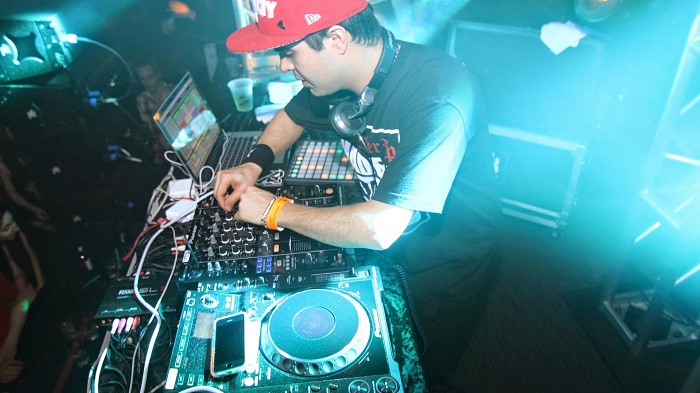
In the section ahead, I’ll be focusing on trap music as a subgenre of electronic dance music (EDM). This style of music has been gaining popularity among fans of dance music.
As I already discussed above, trap music first originated in the Southern United States. It included a variety of sounds from triplet hi-hats, snares, and loud kicks to brass, triangle, and the 808 drum patterns.
Trap music fused with EDM to create EDM Trap, which is a sound containing elements of dubstep, techno, and dutch house as well as 808 drum samples. To put it simply, EDM trap music is 3 equal parts of hip hop, dance music, and dub.
The Difference between Trap and EDM
A lot of people confuse trap music and EDM, so allow me to set the record straight. EDM is electronic dance music, also referred to as dance music or electronic music.
EDM is a music genre on its own that’s produced mostly for clubs, music festivals, and raves. DJs usually use EDM to transition from one dance music song to the next.
Within the genre of EDM, there are multiple subgenres to listen to including dubstep, house music, electro, drum and bass, glitch, mashups, trance, moombahton, hardstyle, and of course, trap.
So what’s the difference between EDM and trap music? Well, it’s established that trap music shares more elements with hip hop and rap than it does with pure EDM music.
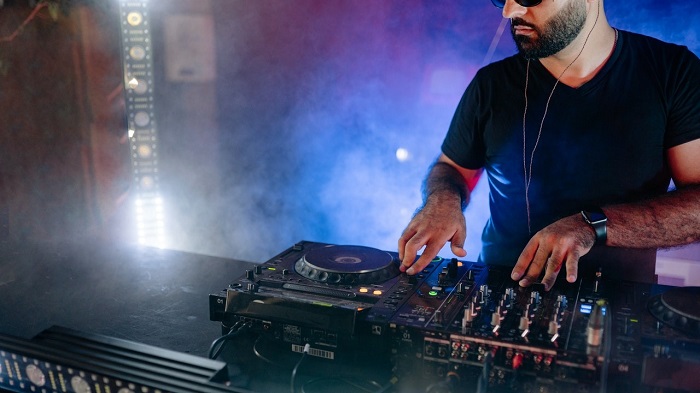
For example, trap music has elements from Kick, which is a subgenre of hip-hop that features a fast attack then, either there’s either a fast release or a slow release. Additionally, the 808 snare sound of trap music is another element that takes away from its EDM identity.
That being said, there’s still a lot of elements that tie trap music with EDM. For example, the intense baseline, the strong beat, a repeating melody, reverb, chords, and riffs.
The Difference between Trap and House
To understand the difference between house music and trap music, we just need to take a brief look at the history and characteristics of the former.
The origins of house music date back to the 1980s in Chicago, Illinois. It became successful in the mid-1990s and grew more popular with the Progressive House movement.
A lot of fans and critics refer to house music as the most “human-sounding” music genre. Not to mention, thanks to its catchy sound, it’s also the most popular and most featured in the Top 40 mixes. Examples of famous house DJs include Tiesto, Daft Punk, Steve Aoki, and Deadmau5.
The Difference between Trap and Rap
“What’s the difference between trap and rap?” is another common question that I keep getting. So trap uses screwed and chopped instrumentals alongside 808 drum patterns, beats, and synthesizers.
While trap music involves the production of new melodies and rhythms for each track, rap, on the other hand, is typically produced over samples. Yes, trap songs may incorporate a few pre-existing elements, but it’ll be minimal.
Best Trap EDM Music Artists
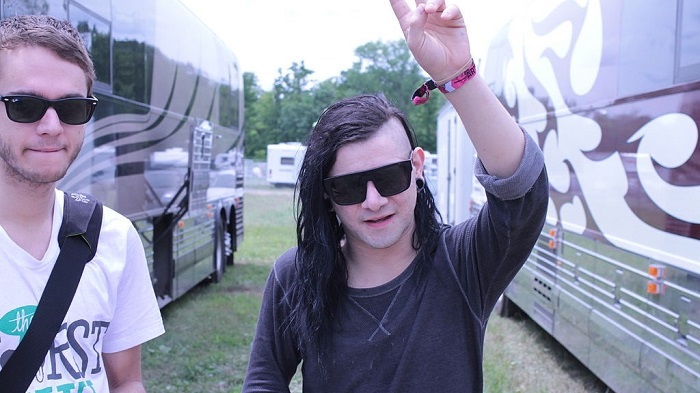
- Skrillex — songs including Make It Bun Dem, First of the Year, Wild for the Night, and Kyoto.
- Diplo — songs including Earthquake, Welcome to the Party, Revolution, Be Right There, and Get It Right.
- UZ — songs including Hustle Hard, Monster, Cavern, Frontier, and Bang.
- DJ Snake —songs including Lean On, Magenta Riddim, Trust Nobody, You Know You Like It, and Bird Machine.
- RL Grime — songs including Nova, In Your Head, Stay For It, Light Me Up, and In For It.
- Bro Safari — songs including Spooked, The Drop, Break The Curse, N.U.M.B., and Bird Brain.
- Yellow Claw — songs including Till It Hurts, Good Day, 21 Bad Bitches, and 4 In The Morning.
- Herobust — songs including Move Mint, Dirt Heater Tea, Just Dawn Hue, and Dirty Work.
- Marshmello — songs including Project Dreams, Together, Hate The Other Side, and Come & Go.

